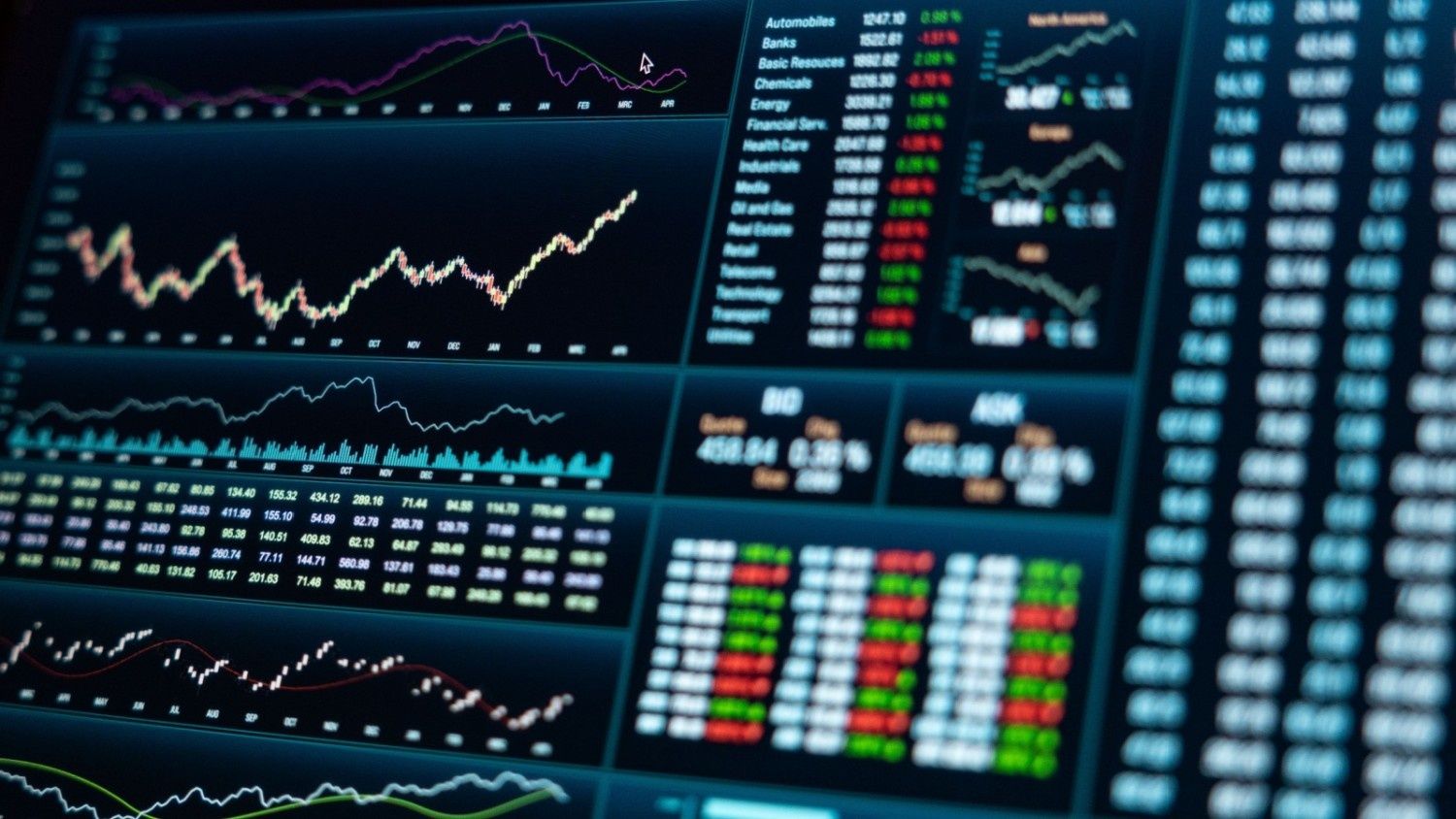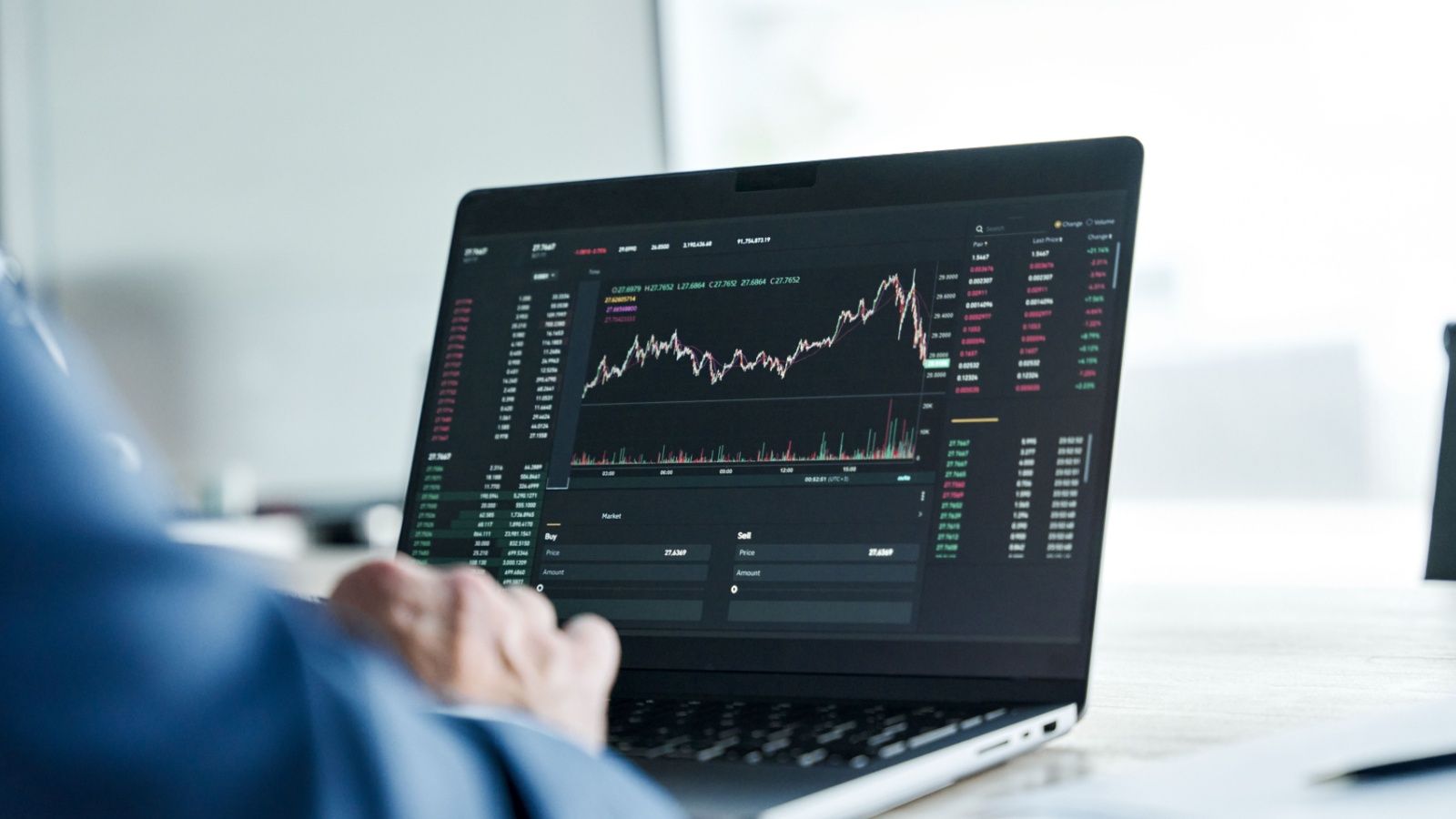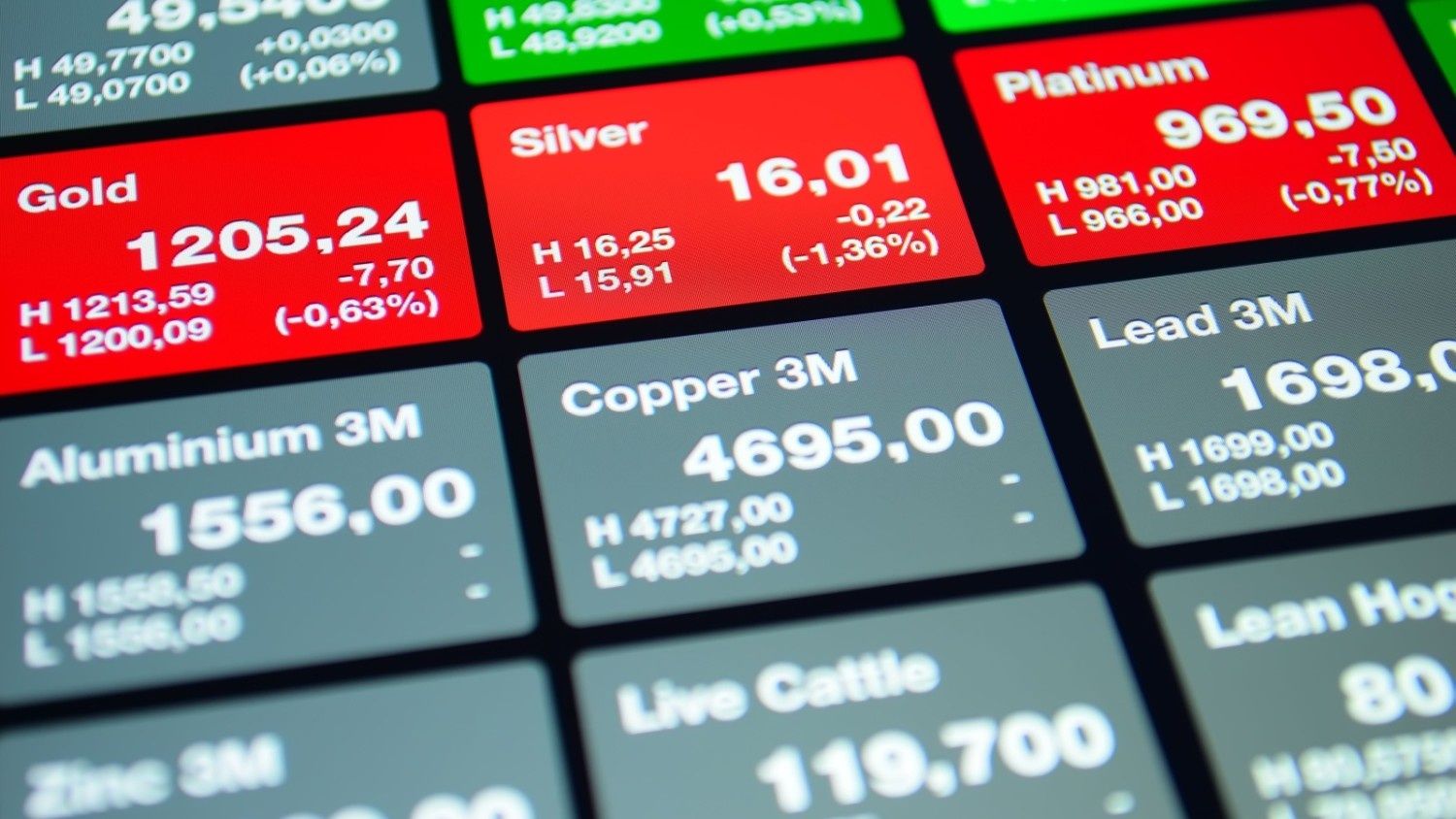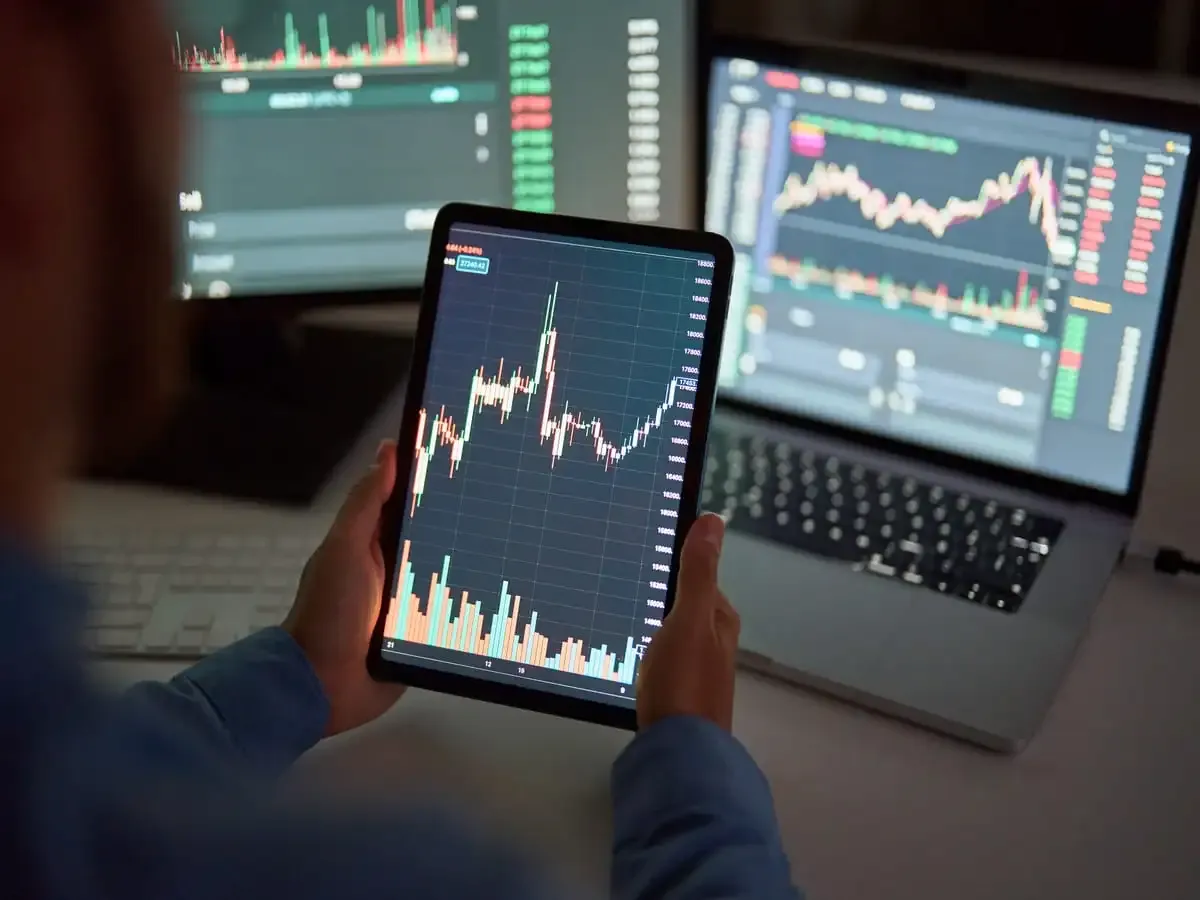Difference between intraday and delivery trading
Written by Upstox Desk
Published on October 24, 2025 | 5 min read

Stock market trading has many different faces - some of them involve short term buying and selling of shares, while others are long term investments. Depending on which extreme you’re looking at - there are two modus operandi or ways of trading in the share markets - intraday trading or delivery based trading.
Key Points
- When you’re buying and selling of stocks within the same trading day, you’re indulging in intraday trading.
- Unlike intraday trading, delivery trading involves a more pronounced intention of investment than just trading opportunities. This is because the investors have it in mind to hold on to their stockholdings for a longer period of time.
- While intraday trading gives the opportunity for low capital accounts and margin payments, delivery trading requires complete amounts for its transactions.
What is Intraday Trading?
When you’re buying and selling of stocks within the same trading day, you’re indulging in intraday trading. In this course of action, stocks are purchased with the aim of earning profits and not with any objective of investment. This is done by harnessing the movement of stock indices, which means that the varied prices of the stocks are harnessed in order to earn profits from trading of stocks.
To participate in Intraday trading, an online trading account must be set up with specific orders which are explicit to intraday trading. These orders are squared off before the trading day ends.
Advantages of intraday trading
- Only a little capital investment is required by the trader as payments can be made in small margins.
- The investor can leverage capital to earn maximum profits.
- It eliminates the overnight risks of the stocks.
Disadvantages of intraday trading
- There are no long-term capital investments.
- The use of leverage can result in more losses.
- It requires constant attention of the trader as trades end by the end of the day.
What is Delivery Trading?
Delivery trading is one of the most common trading methods in the stock market. Unlike intraday trading, delivery trading involves a more pronounced intention of investment than just trading opportunities. This is because the investors have it in mind to hold on to their stockholdings for a longer period of time.
In this process, there are no time constraints in the selling of stocks. As long as the stocks are delivered to the associated demat accounts, it is considered as a delivery trade.
You cannot perform delivery trades without a demat account - since a demat account is where your stocks will be stored.
Advantages of delivery trading
- There is no time limit to sell stocks.
- It provides easy bonus earnings as to dividend, bonus issues, rights issues etc, with the stock owner earning all the bonuses which the company doles out.
- It helps in significantly increasing the profits of the investor as higher returns are provided to the owner through the company’s dividends and bonuses.
- There is no risk of short selling. Short selling is the process of borrowing shares to sell in the market, and then buying it back again before the end of the trading day.
Disadvantages of delivery trading
Complete upfront payments: No trading can take place if the investor cannot pay the entire amount of transaction up front. Thus, an investor can end up losing a good opportunity due to lack of funds.
Intraday Trading v/s Delivery Trading
It is easy to conclude that intraday trading is usually completed within a day. This typically means that all the shares purchased in the day must be sold by the end of the day, before the closing of the markets. If these shares are not sold, they are automatically squared off at the closing time.
However, on the other hand, in delivery based trading, shares bought can be maintained for a longer duration for higher profit returns.
While intraday trading gives the opportunity for low capital accounts and margin payments, delivery trading requires complete amounts for its transactions.
As an intraday trader, if one can judge and forecast the value of shares at short and small intervals, then intraday trading is a good idea. Nevertheless, there are many technical tools which assist in predicting short term price movements.
However, if one thinks long term investing is better suited for them, and they are able to pick shares based on company’s intrinsic value and relatable assessments (such as the company’s fundamental indicators - like price-to-earnings ratio, book value and the like), delivery based trading can be considered as a better option.
Wrapping Up
- When conducting transactions on the stock market, you can either perform intraday trades, or delivery trades.
- Intraday trades are driven purely by profits, and are closed within the same day.
- Delivery trades on the other hand, involve holding stocks for more than a day, and therefore require a person to open a demat account.
About Author
Upstox Desk
Upstox Desk
Team of expert writers dedicated to providing insightful and comprehensive coverage on stock markets, economic trends, commodities, business developments, and personal finance. With a passion for delivering valuable information, the team strives to keep readers informed about the latest trends and developments in the financial world.
Read more from UpstoxUpstox is a leading Indian financial services company that offers online trading and investment services in stocks, commodities, currencies, mutual funds, and more. Founded in 2009 and headquartered in Mumbai, Upstox is backed by prominent investors including Ratan Tata, Tiger Global, and Kalaari Capital. It operates under RKSV Securities and is registered with SEBI, NSE, BSE, and other regulatory bodies, ensuring secure and compliant trading experiences.



















